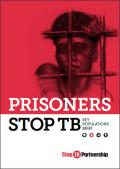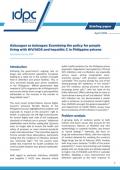Publications on Prisoners
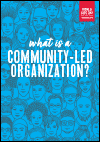
Community-led organizations are led by the people who they serve and are primarily accountable to them. In the AIDS response, this includes organizations by and for people living with HIV or tuberculosis and organizations by and for people affected by HIV, including gay men and other men who have sex with men, people who use drugs, prisoners, sex workers, transgender people, women and young people.
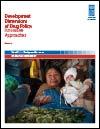
The United Nations Development Programme’s (UNDP’s) Strategic Plan 2018–2021 and its HIV, Health and Development Strategy 2016–2021 highlight the role UNDP can play in supporting governments to attain the SDGs. This includes addressing the structural barriers and discriminatory laws, policies and practices that marginalize vulnerable population groups, including people who use drugs. In June 2015, UNDP released a discussion paper reviewing the impacts of drug enforcement policies on public health, safety and security, and human rights of poor and marginalized populations.

WHO estimates that 71 million people worldwide were chronically infected with hepatitis C virus (HCV) in 2017. Globally, 23% of new HCV infections and one in three HCV deaths are attributable to injecting drug use (PWID). HCV is also a major concern for people detained in prisons and other closed settings – available data demonstrate that one in four detainees are HCV positive.
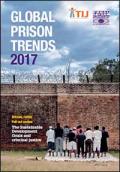
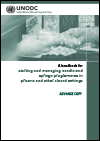
To successfully address HIV and hepatitis where injecting drug use occurs, countries should prioritize implementing NSPs and evidence-based drug dependence treatment (specifically OST), HIV testing and counselling and access to antiretroviral therapy.
Needle and syringe programmes (NSP) provide access to sterile injecting equipment to people who inject illicit drugs to prevent the transmission of HIV and hepatitis B and C through shared injection equipment.
